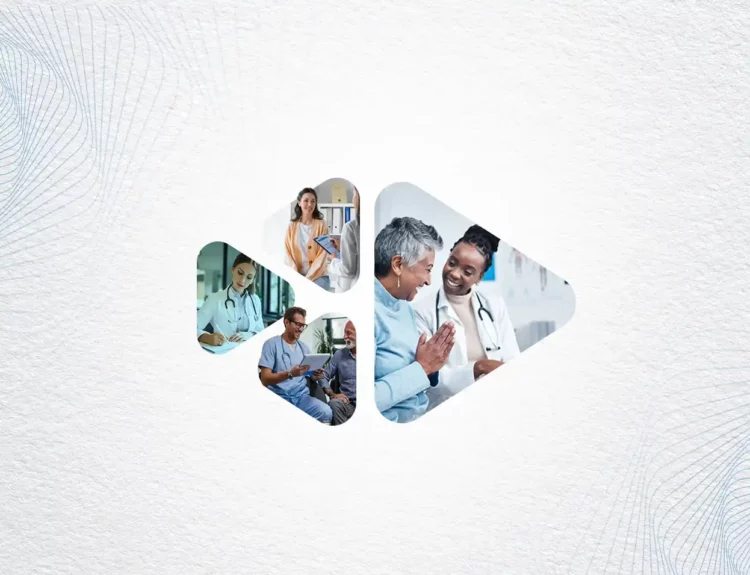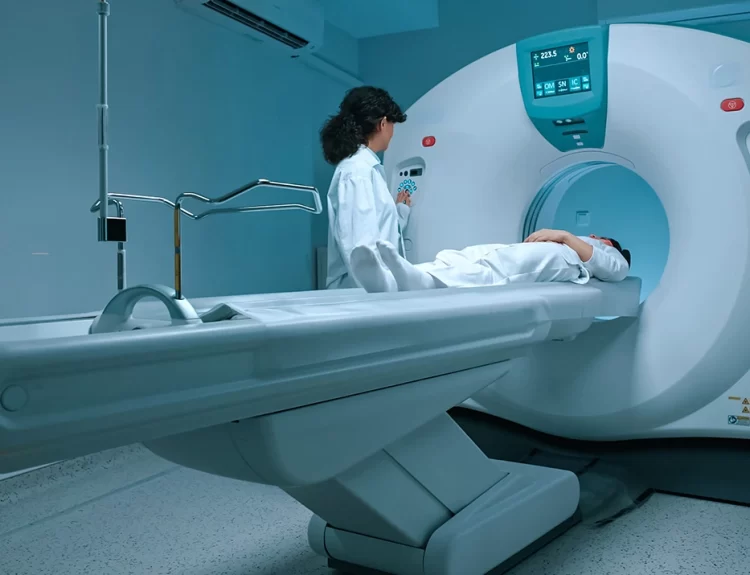Over the past few decades, significant technological advancements have reshaped various sectors, including healthcare. Within healthcare, one area that has witnessed a massive transformation is home healthcare. A report states that the global home healthcare market is expected to reach $500.39 billion by 2029.
Impact of Technology on Home Healthcare
Remote Monitoring Devices and Telemedicine
Today, personalized and convenient care has reached patients’ homes. Wearable sensors and devices are used to remotely monitor patients’ vital signs, activity levels, and medication adherence in real time. This helps in early detection of health issues and timely interventions. Wearable sensors can also provide valuable insights into patients’ daily routines and behaviors, aiding in assessing overall health and well-being. The real-time data obtained from these devices facilitates proactive adjustments to treatment plans, improving patient outcomes and quality of life.
Video conferencing and mobile health apps enable patients to consult with healthcare professionals from their homes. This saves time and reduces the need for unnecessary hospital visits, especially for routine check-ups and follow-ups. Telemedicine offers patients greater convenience and flexibility in accessing healthcare services, particularly for individuals with mobility limitations or those residing in remote areas.
AI and Internet of Medical Things (IoMT)
AI algorithms and Internet of Medical Things (IoMT) integrated devices are used to track patients’ health and vital signs and transmit the data to healthcare providers in real-time, enabling them to remotely monitor patients, detect any abnormalities, predict accurate fatal conditions, and make informed decisions. These products help caregivers to manage chronic diseases like diabetes, hypertension and cancer efficiently, enable them to take proactive preventive measures based on the advice of physicians, and eliminate the need for regular physician visits.
AI-integrated wearable technology or connectable gadgets permit medical experts to keep track of their patients’ vitals to ensure a sound and healthy way of life and eliminate the expense and the time burnt out while visiting a healthcare facility. AI-powered healthcare chatbots provide automated patient interactions during critical times, automate follow-up, ensure adherence to treatment plans, minimize readmissions, and act as time-savior. IoT-enabled devices that monitor patients’ activity levels and movements help prevent serious injuries, especially among the geriatric population at risk of falls or other accidents.
Remote Rehabilitation and Therapy
Another area where home healthcare technology is helping is remote rehabilitation and therapy services. Patients recovering from surgeries, injuries or chronic conditions can access virtual rehabilitation programs tailored to their specific needs. These programs often include interactive exercises, educational resources, and progress-tracking tools, enabling patients to participate in their recovery without leaving their homes.
VR and AR Technology Integrated Devices
VR technology-integrated devices help in the treatment and rehabilitation of patients with anxiety, depressive disorders, or severe pain in a controlled and comfortable environment. AR also provides caregivers with real-time information about a patient’s health and allows them to monitor patients without interrupting their activities. It can also be used to provide caregivers with instructions for performing certain medical procedures, to provide timely care that patients need.
Limitations
While home healthcare technology has brought about significant improvements, some limitations and challenges must be addressed. Despite the increasing adoption of technology, there are still segments of the population, particularly elderly individuals or those in rural areas, who may lack access to internet connectivity or devices required for remote monitoring and telehealth services.The collection of sensitive health data via wearable sensors, mobile apps, and IoT devices is also an area of concern, raising concerns about privacy breaches and data security. The accuracy and reliability of data obtained from wearable sensors and home monitoring devices may vary, leading to potential inaccuracies in health assessments and treatment decisions. Continuous validation and improvement of these technologies are necessary to ensure their clinical utility and effectiveness.
Conclusion
The evolution of technology in home healthcare has created a transformative shift, offering tailored, accessible solutions that redefine patient care. As technologies like IoMT, AI, Machine learning, and others continue to advance and the healthcare industry continues to evolve, futuristic home healthcare devices hold the potential to revolutionize healthcare delivery by empowering individuals to take greater control of their health and reducing the burden on healthcare systems.







